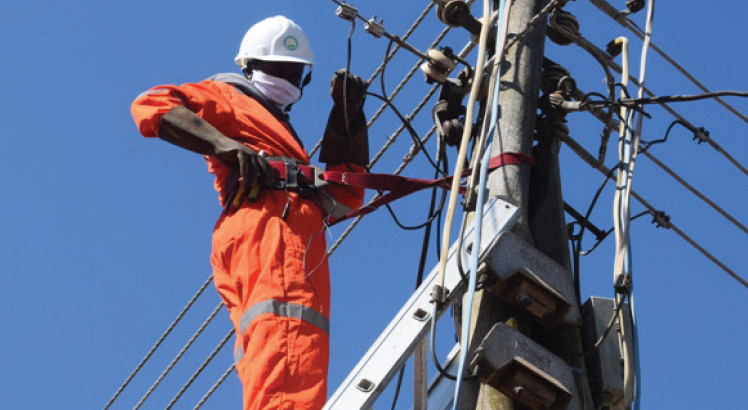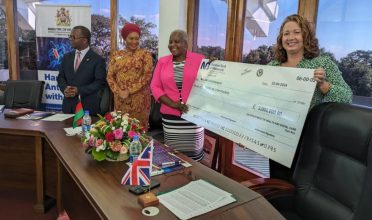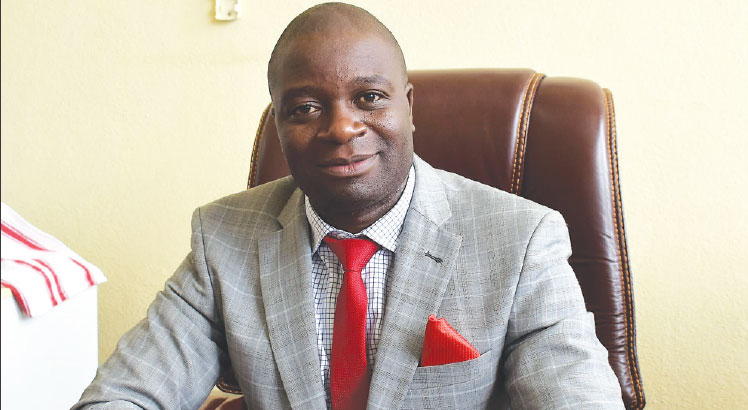Poverty gap narrows—report
Malawi’s economy has become more equal with the gap between the rich and the poor slightly decreasing, a new National Statistical Office (NSO) Malawi Poverty Estimation Report has revealed.
The report, which covers the period April 2016 to April 2017, states that moderate poverty levels in the country did not change, ultra-poverty has declined from 24.5 percent to 20.1 percent while overall poverty has slightly increased from 50.7 percent to 51.8 percent, which economists say is an indication that there is still a lot of vulnerability in the country.

In an interview yesterday, NSO assistant commissioner of statistics responsible for economics statistics division Lizzie Chikoti said the results are derived after assessing households’ consumption levels.
She said: “The survey to measure poverty levels is derived from how households consume. We look at the amount of money they use. From the report, it shows there is a slight change in the overall poverty levels, but ultra-poverty has reduced mainly because of social cash transfer programmes.”
According to her, there has been little improvement in the country’s poverty levels since 2011 when the last survey was conducted.
On his part, Malawi Economic Justice Network (Mejn) executive director Dalitso Kubalasa warned that the slight increase in overall poverty levels should not be taken lightly, arguing it shows that there is still vulnerability in the country.
He said people should underscore the fact that the period of focus for this Integrated Household Survey (IHS4) was from April 2016 to 2017, prior to the 2017 agriculture harvest i.e the 2016/17 financial year meaning that a new survey might change things hence the poverty levels might increase.
Said Kubalasa: “It will be important to note that the moderate poverty has actually increased in the period under study. No matter how small it means a lot more vulnerability for a good number of people and households.”
He highlighted the adjustment that was made in the poverty lines, saying it may have impacted the comparability.
In 2012, ultra-poverty line was K22 956 per person per year and got adjusted to K85 260 per person per year in 2016, while moderate poverty line was K37 002 per person per year it got adjusted to K137 428 per person per year.
“It is important and interesting to note that the March 2010 poverty lines are adjusted to reflect April 2016 prices using inflation rate 271.4 percent. It will, therefore, be interesting to see what the next survey will bring against realities being touted and highlighted of the performing economy in 2017/18/19 financial years,” he said.
According to the report, Southern Region districts continue to have high poverty rates compared to other districts in the country.
Preliminary analysis suggests that some of government’s social protection programmes and post-2016 food security responses have reduced adverse effects of drought on welfare among eligible extremely poor households.
Department of Economic Planning and Development acting chief director Peter Simbani said there are several factors that can affect the growth of the economy of a country including natural resources, disasters, population size and level of technology.
He said the country experienced various types of shocks between 2010 and 2016, in particular floods and droughts which led to macroeconomic instability and had a direct impact on agricultural production which is the main contributor of the country’s GDP resulting in the economy to grow at a slower pace from 6.2 percent in 2014, 3.3 percent in 2015 to 2.7 percent in 2016.
Said Simbani: “The Malawi government will continue with the various programs to target the poor, to alleviate poverty. Just a week ago, government launched the second Malawi National Social Support Programme. Under this programme, the key interventions that will be implemented shall include; Social cash transfer, Public Works Programme, the village savings and loans scheme and the school meals programme, and others.”





